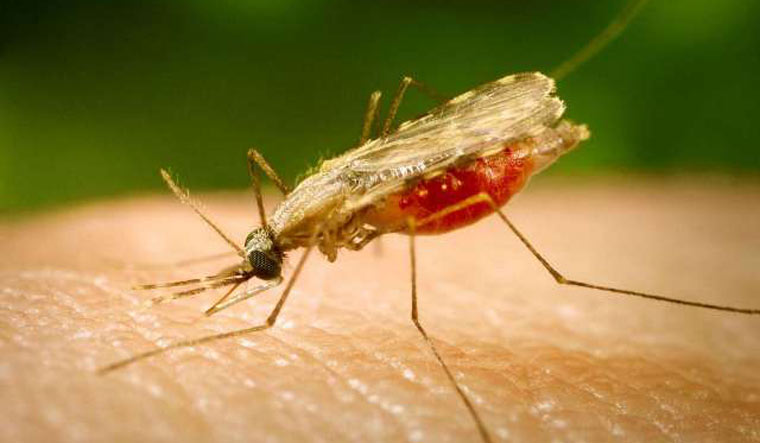Wajir Health Crisis: Kala-azar death toll rises to 26

A deadly kala-azar outbreak in Wajir County has claimed 26 lives, with at least 100 people currently hospitalized.
The disease, also known as visceral leishmaniasis, is spreading rapidly in various sub-counties, raising concerns among health officials and residents.
One-year-old Zakaria Amin is among 111 patients receiving treatment at Wajir County Referral Hospital.
His father, Ahmed Amin, initially mistook his symptoms for dengue fever, only seeking medical attention when the child’s condition deteriorated.
“I did not think it was serious, so I gave him camel milk. My son did not improve but became restless,” Amin said as reported by Daily Nation.
Zakaria’s situation worsened, forcing his father to rush him to a dispensary before being transferred to the referral hospital.
Health officials report that kala-azar symptoms include severe weight loss, prolonged fever, anemia, and organ enlargement.
Many of those admitted appear malnourished, a common challenge in the region.
Four other children are in the same ward as Zakaria, with two requiring specialized treatment in Nairobi, which their families cannot afford.
Wajir County Health Executive, Habiba Ali Maalim, confirmed that two critically ill children are on ventilators. “We cannot do much because the hospital lacks an Intensive Care Unit (ICU),” she said.
She attributed the high fatality rate to late hospital visits. “Most of those who died arrived at the hospital in a terrible condition. Poor healthcare-seeking culture is mostly to blame for the deaths,” Maalim said.
Since September last year, the county has recorded 679 kala-azar infections.
The most affected areas include Eldas, Wajir West, North, and Tarbaj sub-counties, with Eldas and Wajir West reporting the highest cases.
In response, the county has set up four treatment centers to manage the outbreak.
The county government, under Governor Ahmed Mohamed, has imported drugs from the Netherlands and other countries to treat the disease.
“We are carrying out fumigation in affected areas and running public awareness campaigns," Maalim added.
While at least 11 sites in Eldas have been fumigated, more than 18 locations in Wajir West are yet to be reached, allowing the disease to persist.
Kala-azar, or “black fever,” is caused by a protozoan parasite transmitted through the bite of female sandflies.
The disease thrives in arid and semi-arid regions, with sandflies finding refuge in huts with cracks and deforested areas.
Experts warn that drought and nomadic lifestyles further accelerate its spread.
Eight-month-old Suthes Abdinoor from Eldas is also among those admitted. Her mother, Halima Mohamed, recounted her struggle.
“I got worried when she lost interest in breast milk. I substituted it with goat milk, but she vomited,” she said.
Mohamed herself was diagnosed with kala-azar in 2008 while in school, describing the treatment process as difficult due to their nomadic lifestyle.
The disease is prevalent in North Eastern and Rift Valley regions, affecting counties such as Turkana, Baringo, Machakos, Mandera, Garissa, Wajir, and West Pokot.
Due to the rising number of patients, Wajir County is setting up additional tent wards and deploying mobile laboratories provided by the national government to identify cases in remote areas.
Dr. Abdi Hakim Ali emphasized that kala-azar treatment requires hospitalization for close monitoring.
“We use two drugs, sodium stibogluconate and paromomycin. This combination is given for 17 days,” he explained.
The drugs are administered in the morning as they react to sunlight.
With the number of cases increasing and health facilities struggling to cope, authorities are urging residents to seek medical attention at the earliest signs of symptoms to prevent further fatalities.
